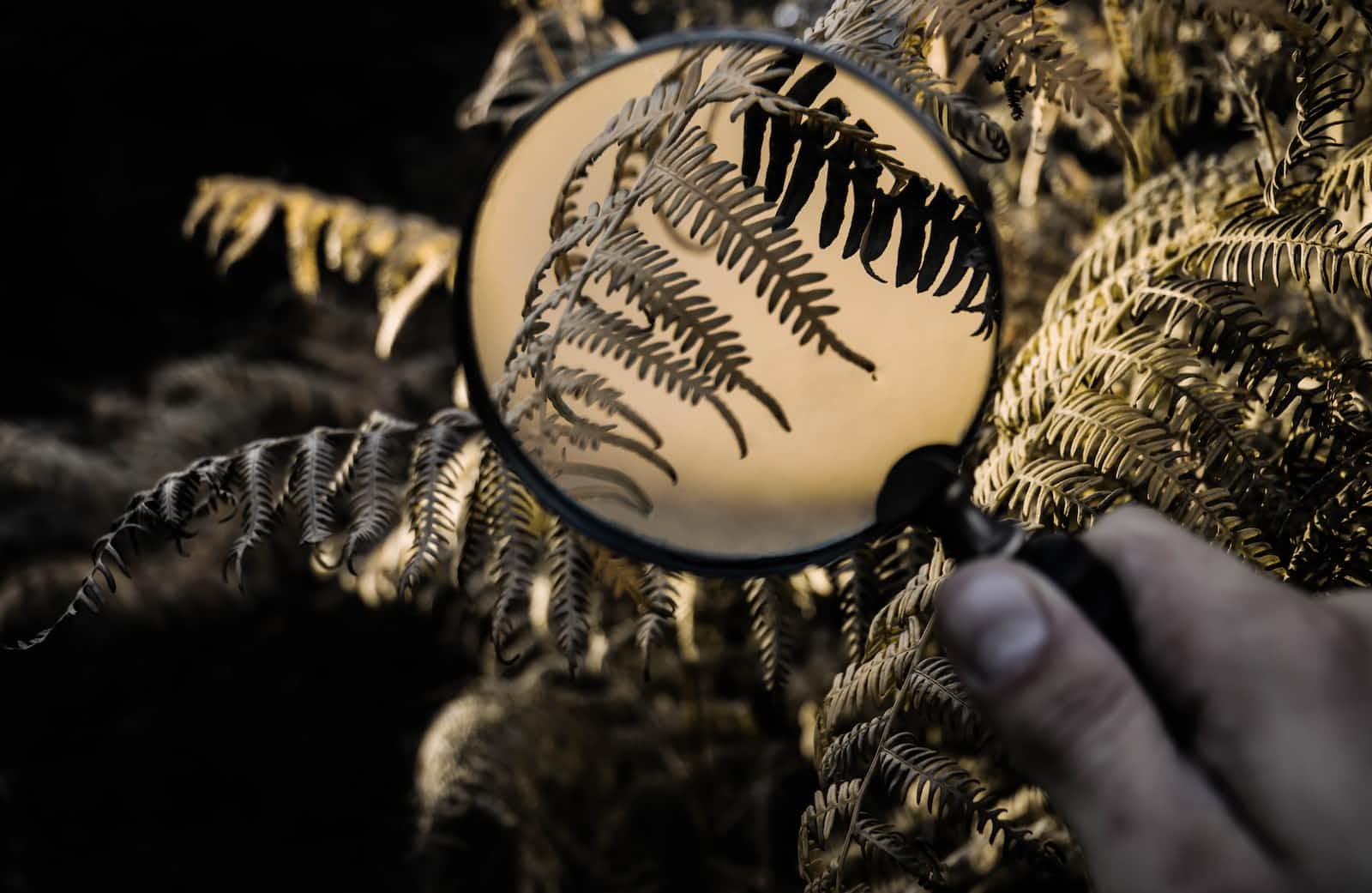
Properly secure your business name a stepbystep guide to conducting a trademark
What you need to know (in a nutshell)
- To be registrable, a trademark must be original, distinctive and unlikely to be confused with pre-existing trademarks covering similar goods or services.
- It’s important to conduct trademark searches before submitting a trademark application, including searching for identical or similar trademarks already applied for or used by others in your industry.
- Options for conducting trademark searches include searching IPAustralia yourself or using a paid service, engaging a lawyer, searching the internet and researching competitors.
Full Article
Before a trademark application receives approval, it must meet specific criteria, such as being distinctive and unique enough to avoid conflicts with pre-existing trademarks associated with similar goods or services. To facilitate a smooth examination process at the IP office, conducting comprehensive searches for existing registered marks is essential before submitting your application. In other words, ascertain that no identical or confusingly similar trademarks have already been applied for or registered to avert potential conflicts down the line.
It is possible for two distinct companies to possess similar trademarks, provided consumer confusion is unlikely. For instance, in Australia, the word “NATURE FRESH” is registered under class 11 for refrigerators. At the same time, other enterprises hold trademark registrations for NATURES FRESH or NATURE’S FRESH used on various goods. Many businesses have combined these words or images, resulting in registrations across diverse categories.
In the digital era, trademark searches have become increasingly popular. IPAustralia offers several options for conducting such searches, including directly searching the Office website for registered or pending trademark registrations similar to your mark. It is crucial to consider creative variations, such as misspellings or phonetic deviations, as these could also be deemed confusingly similar to existing marks.
For a more comprehensive evaluation of your trademark’s eligibility, IPAustralia’s paid search service, TM Headstart, is available. This service is particularly beneficial for new product launches or rebranding initiatives, as it provides insight into potential registration issues. Examiners can review and offer advice but cannot guarantee successful application outcomes. Another option is to engage experienced trademark attorneys who specialise in conducting searches in registers and marketplaces across relevant jurisdictions—particularly valuable for businesses eyeing international expansion with their brand identity intact.
Being mindful of registered and unregistered trademarks is crucial when establishing a business. Using identical or similar branding to an existing competitor could have legal consequences. Thus, businesses should conduct industry research by searching various online sources, such as Google or country-specific directories, to ensure their chosen branding still needs to be created and create consumer confusion.
Researching competitors in one’s chosen field is also essential; doing so helps businesses stay ahead of industry trends and allows them to identify aspects to avoid infringing upon trademark laws inadvertently.
Investing time and effort in conducting a thorough trademark search mitigates the risk of adopting a conflicting mark. While there is no guarantee that your proposed mark will be available, registrable, or without liabilities, taking such precautions can avert future complications.